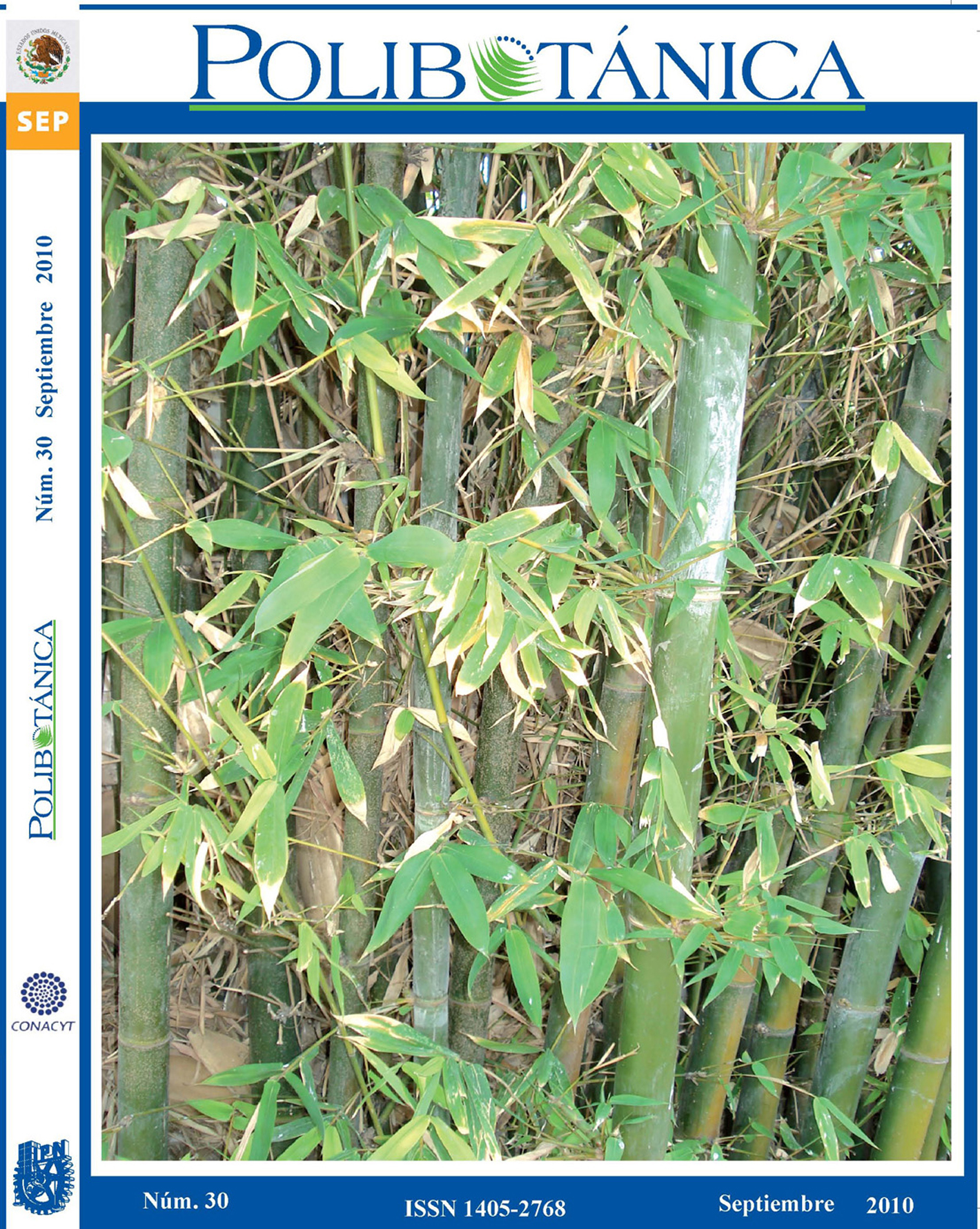PLANTAS TRADICIONALMENTE USADAS COMO PLAGUICIDAS EN EL ESTADO DE HIDALGO, MÉXICO
Abstract
The objective of this study was to investigate the traditional use of plants as pesticides
in Hidalgo, Mexico. In the region the inhabitants use 124 species of plants, from which they obtain 186 products like infusions
and smoke to control 29 types of vertebrate
and invertebrate pests and protect 15 goods.
All life forms and all parts of the plants
are used. The plants are obtained from the
majority of the habitats of the region. We
classified the plant species and families
considering four variables and determined
that the species with the greatest importance
as pesticides are Trichilia havanensis, Psidium guajava, Nicotiana tabacum, Tagetes
erecta, Mentha rotundifolia, Ipomoea stans,
Tagetes lucida, Parthenium hysterophorus,
and Schinus molle. The most important
families are Asteraceae, Solanaceae, Meliaceae, and Fabaceae. In Hidalgo there is
a strong dependency on the local flora to
control pests; this is done with a multiple
use strategy and traditional techniques.
Downloads
Published
Issue
Section
License

Polibotánica by Departamento de Botánica de la Escuela Nacional de Ciencias Biológicas del Instituto Politécnico Nacional se distribuye bajo una Licencia Creative Commons Atribución-NoComercial-CompartirIgual 4.0 Internacional.




















